Today (February 4), the National Assembly delegation led by Mr. Nguyen Minh Son, Deputy Chairman of the National Assembly's Economic Committee, conducted a field survey of the Lao Cai - Hanoi - Hai Phong Railway Construction Investment Project.
Early investment in railway connecting seaports and Hai Phong economic zone
Mr. Nguyen Minh Son said that, implementing the assignment of the National Assembly Standing Committee, the Economic Committee will preside over and coordinate with the Ethnic Council and the National Assembly Committees to examine the investment policy of the Lao Cai - Hanoi - Hai Phong railway construction investment project, expected to be submitted to the National Assembly for consideration and approval at the extraordinary session in February 2025.
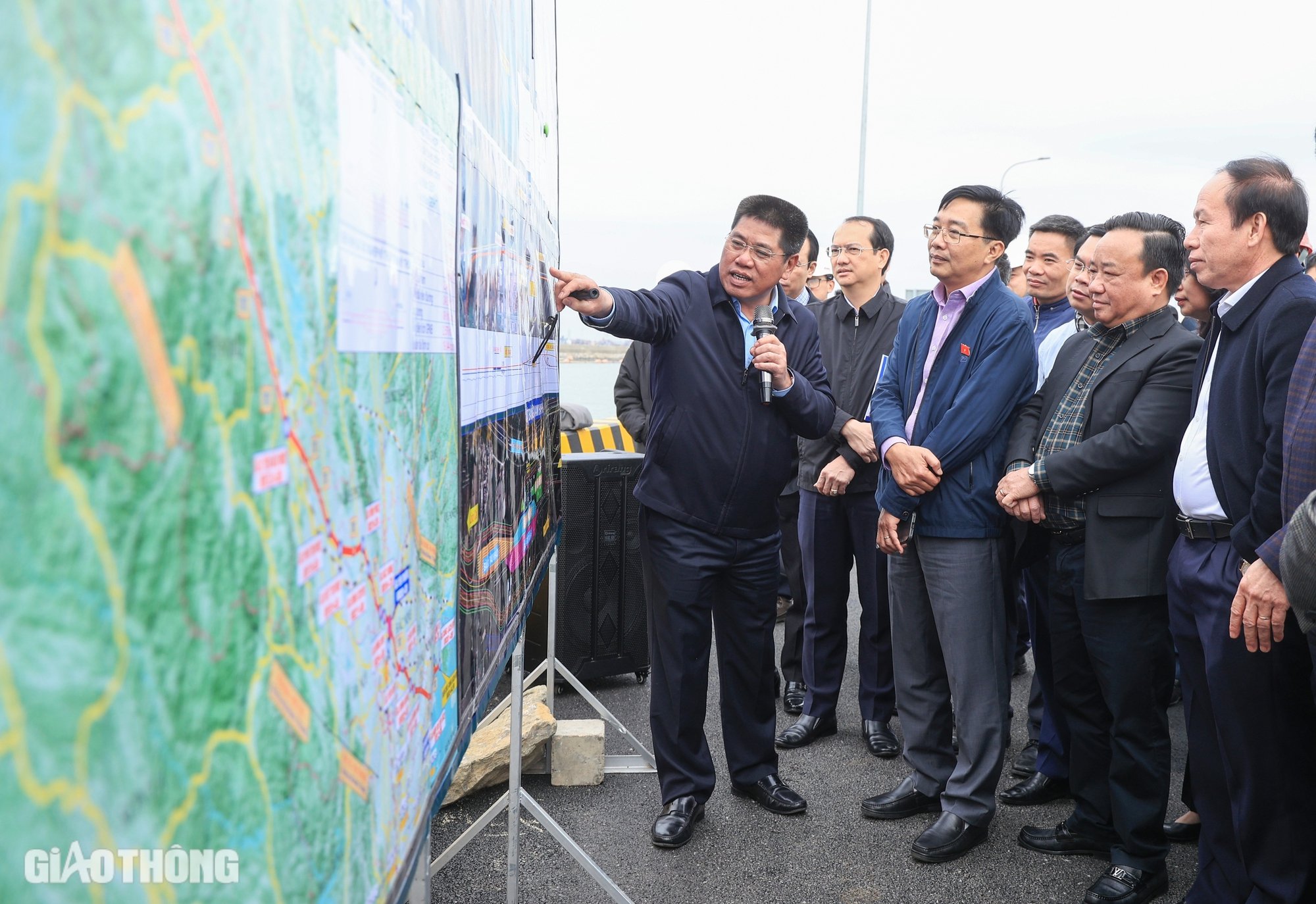
Mr. Nguyen Minh Son, Deputy Chairman of the National Assembly's Economic Committee - head of the survey delegation and members of the delegation, leaders of Hai Phong City listened to Mr. Vu Hong Phuong, Director of the Railway Project Management Board clarify the contents of the investment project to build the Lao Cai - Hanoi - Hai Phong railway line passing through Hai Phong area (Photo: Ta Hai).
At Lach Huyen port, Mr. Dao Ngoc Vinh, General Director of Transport Design Consulting Corporation (TEDI), representative of the consulting consortium preparing the project's pre-feasibility study report, said that the Lao Cai - Hanoi - Hai Phong railway is expected to pass through 9 provinces and cities, with a total investment length of about 403.1km, including: the main line of 388.1km and 2 branch lines of 15km.
In Hai Phong city, the route runs parallel to the expressway to Nam Hai Phong station (Kien Thuy district). This is the main station for passenger and freight trains. The route continues to Lach Huyen wharf area, which is the end point of the route. On the section between Nam Hai Phong station and Lach Huyen port station, there is a railway branch connecting to Dinh Vu port.
Regarding connection, from Nam Hai Phong station, it connects to the urban railway according to Hai Phong city's planning to collect and release passengers to the city center. Also from the station area, there is a railway branch connecting to Nam Do Son port, about 12.63km long, with a capital demand of about 4,200 billion VND; however, according to the consultant, it will be invested in phase 2 when the demand is large enough.
Contributing to the project research, Mr. Le Tien Chau, Member of the Party Central Committee, Secretary of the Hai Phong City Party Committee, Head of the Hai Phong National Assembly Delegation, proposed investing in a railway branch to Nam Do Son station at the same time as the project, to anticipate the transportation needs here.
According to Mr. Chau, in addition to the two "start-up" ports that will be operational around 2030, Nam Do Son port is attracting investment interest from many large domestic and foreign partners because it is a deep-water port, very convenient for receiving large ships.
Also in this area, according to the plan, a new economic zone of more than 20,000 hectares will be developed, attracting many investors' attention, and progress will be implemented soon.
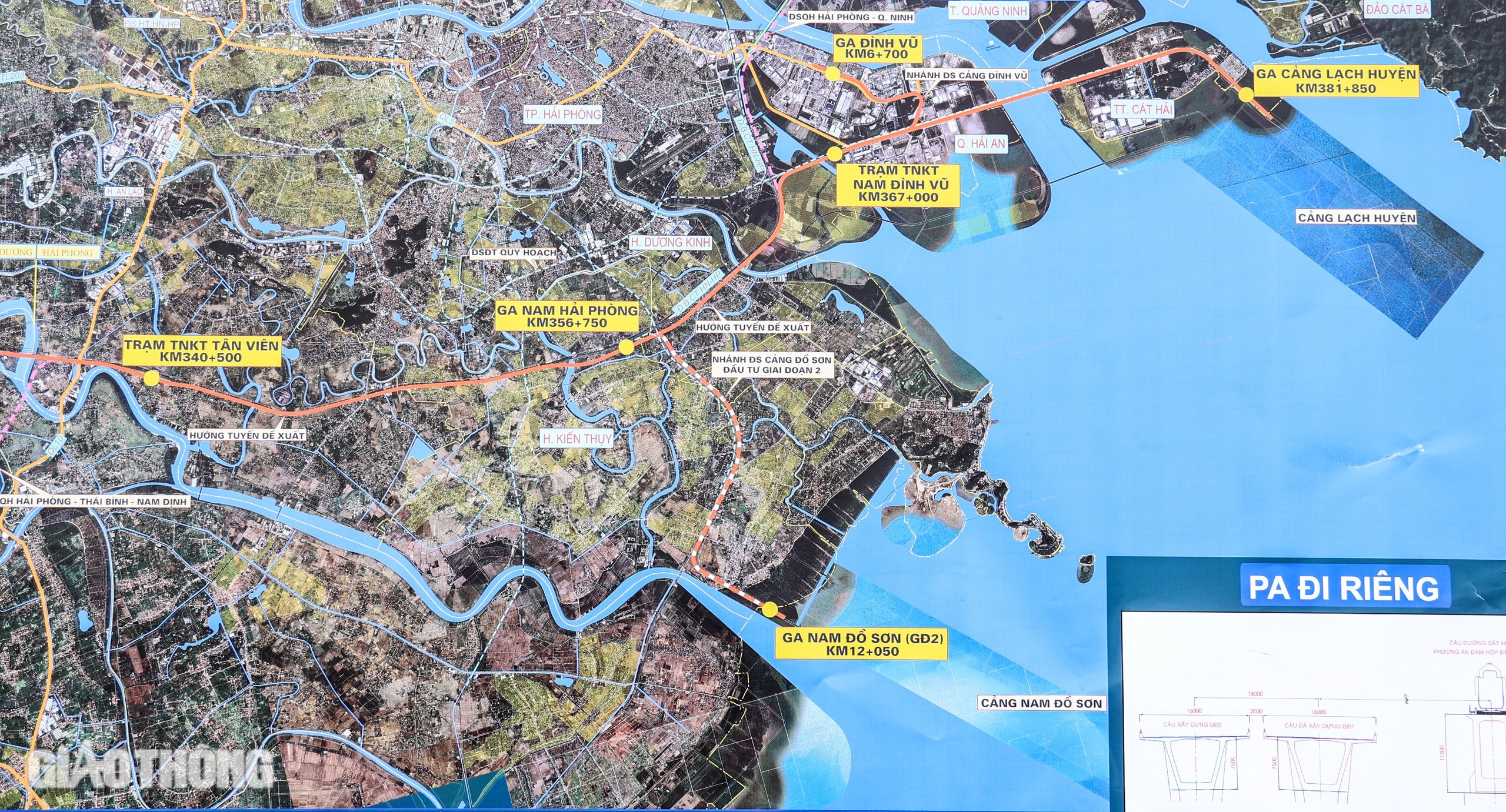
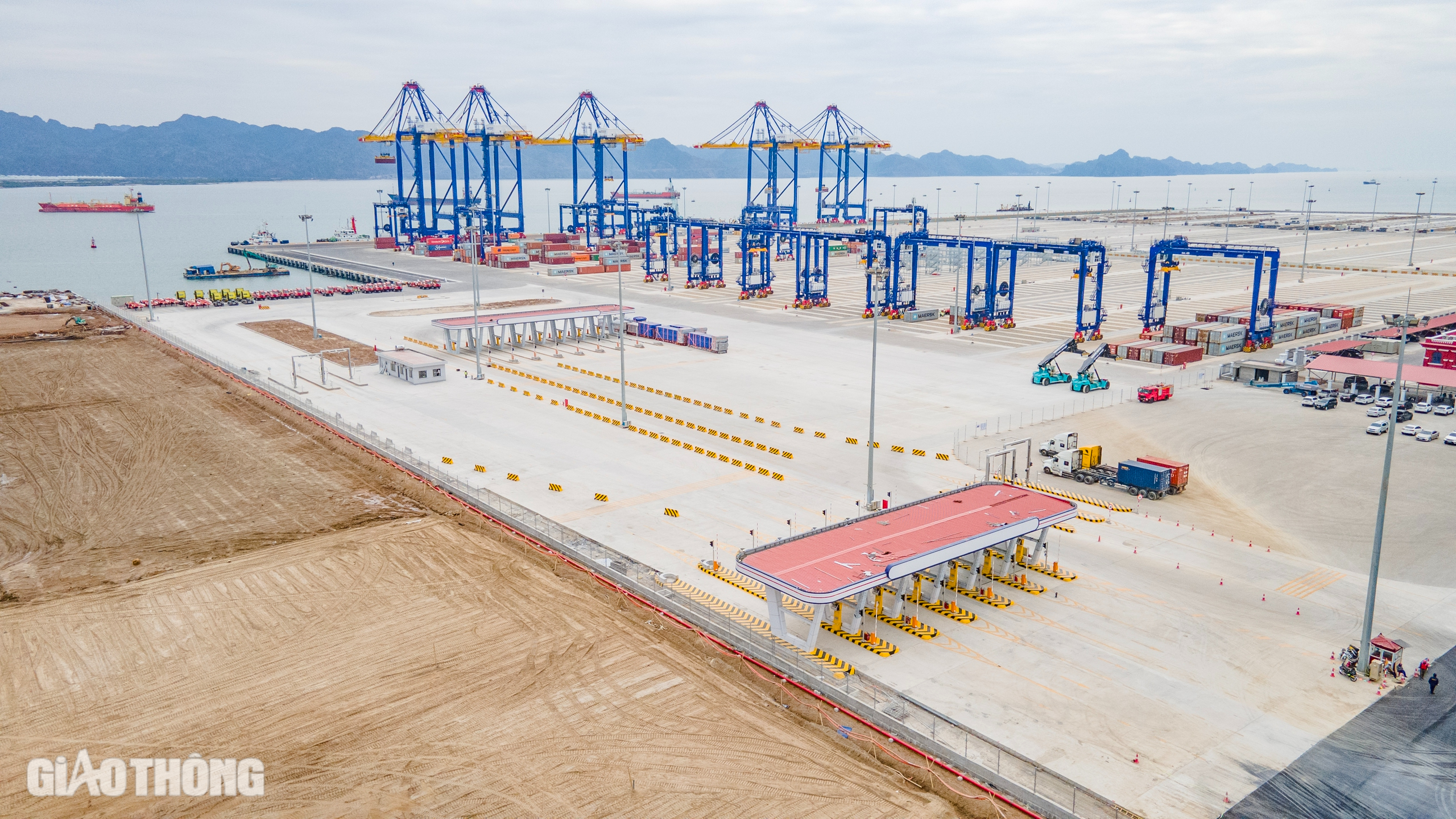
The Lao Cai - Hanoi - Hai Phong railway route passes through Hai Phong and is expected to be at Lach Huyen port station according to the pre-feasibility report (Photo: Ta Hai).
The Secretary of the Hai Phong Party Committee proposed that in case the project cannot be included in the capital, Hai Phong is ready to invest in this railway branch with local capital to put it into operation synchronously with the entire route from 2030. Hai Phong also proposed to change the location of Lach Huyen port station, avoiding the road behind the port that Hai Phong is building.
Clarifying the contents, Mr. Vu Hong Phuong, Director of the Railway Project Management Board, said that in the railway network planning with a vision to 2050, it has been determined that on the East-West corridor, there will be a new railway line with a gauge of 1,435mm, operating passenger and freight trains for international connections. The 1,000mm gauge railway line Hanoi - Hai Phong will also be upgraded to transport passengers for tourism and transport freight for some cargo routes.
Regarding the location of Lach Huyen port station, learning from international experience, the railway does not "go" deep into the wharf, but connects to the cargo yards, convenient for transportation exploitation, especially the operation of classifying goods before loading onto ships.
"The Board and consultants will accept Hai Phong's proposal and consider it for further research," said Mr. Phuong.
Speed up investment progress and complete Hanoi railway hub area
At Yen Vien station, Mr. Dao Ngoc Vinh said that the Lao Cai - Hanoi - Hai Phong railway line passing through Hanoi is 44.65km long, passing through Bac Ninh province for 1.31km. In Hanoi, there are 3 stations: Bac Hong, Dong Anh, Yen Thuong and a technical station (Kim Son). From Kim Son, there will be a section of the Eastern belt railway connecting to Ngoc Hoi and Thuong Tin areas to connect to the Southern railway. Currently, this section is planned to be invested after 2030.
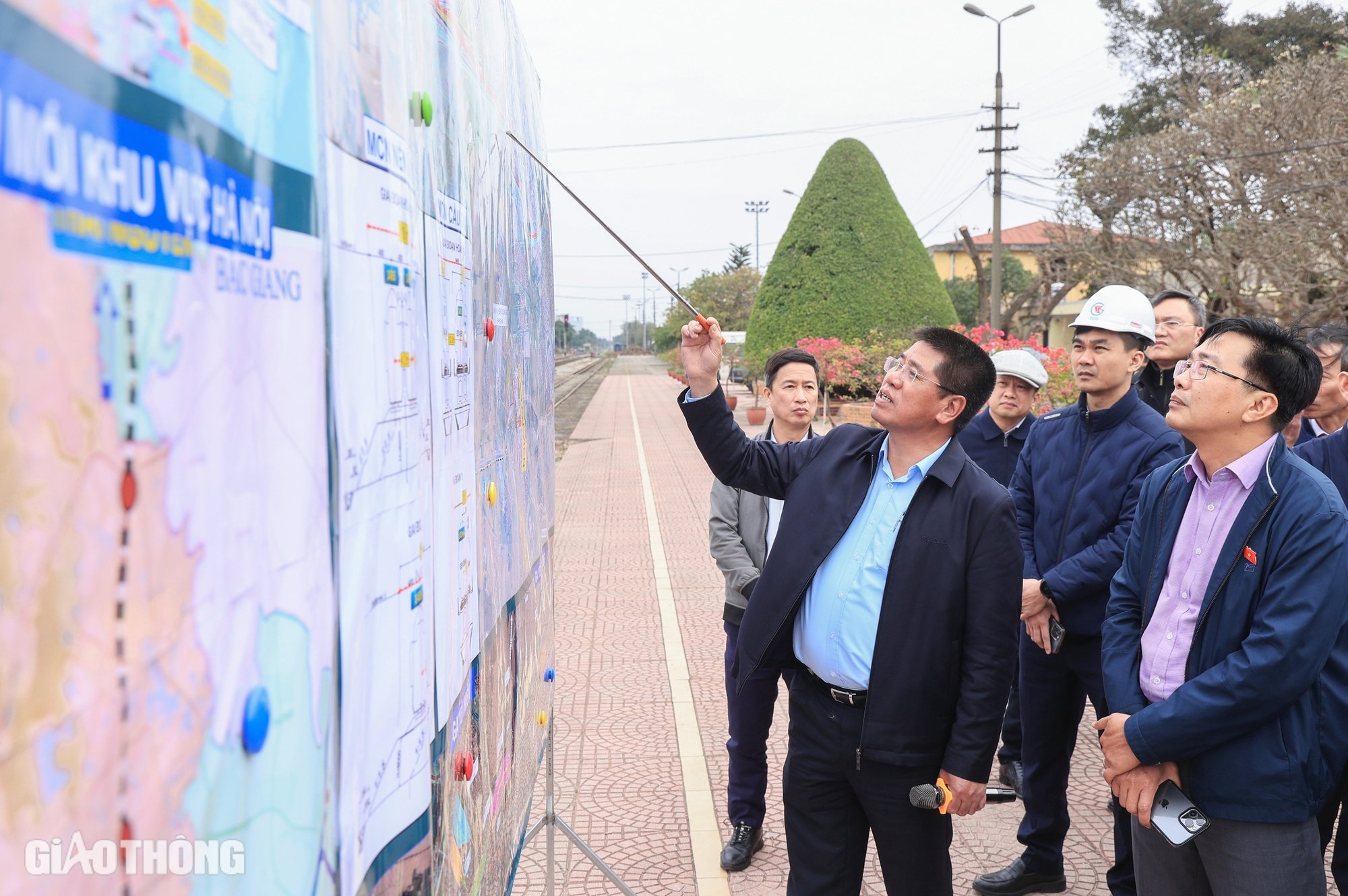
Mr. Vu Hong Phuong, Director of the Railway Project Management Board, clarified the contents of the Project in the Hanoi area (Photo: Ta Hai).
Regarding the railway connection in the Hanoi hub area, from Dong Anh station there is an existing 1,000mm gauge railway to Yen Vien station, from Yen Vien station to Gia Lam station, continuing to Lac Dao station on the Gia Lam - Hai Phong route, running passenger and freight trains. From Yen Vien station to Ngoc Hoi complex to connect the North - South high-speed railway, there is urban railway line No. 1 running through the center along the existing 1,000mm gauge railway.
Mr. Do Viet Hai, Deputy Director of Hanoi Department of Transport, said that Hanoi highly agrees with the proposal in the pre-feasibility study report. However, to be consistent with Hanoi's planning recently approved by the Prime Minister, Hanoi proposed that the Ministry of Transport adjust the area where the car factory and locomotive factory are located at Yen Vien station to the area that is currently vacant land. With the area at Yen Vien station, Hanoi plans to develop a TOD area, consistent with the connection area of urban railway No. 1 and national railway here.
Hanoi also proposed that the Ministry of Transport soon invest in the eastern beltway section from Kim Son to Thuong Tin, completing it at the same time as the project so that the national railway will no longer run through the city center. Hanoi will deploy investment in urban railway line No. 1 Yen Vien - Ngoc Hoi, which will only run urban passenger trains, ensuring the goal of reducing urban traffic congestion and reducing environmental pollution in the city center.

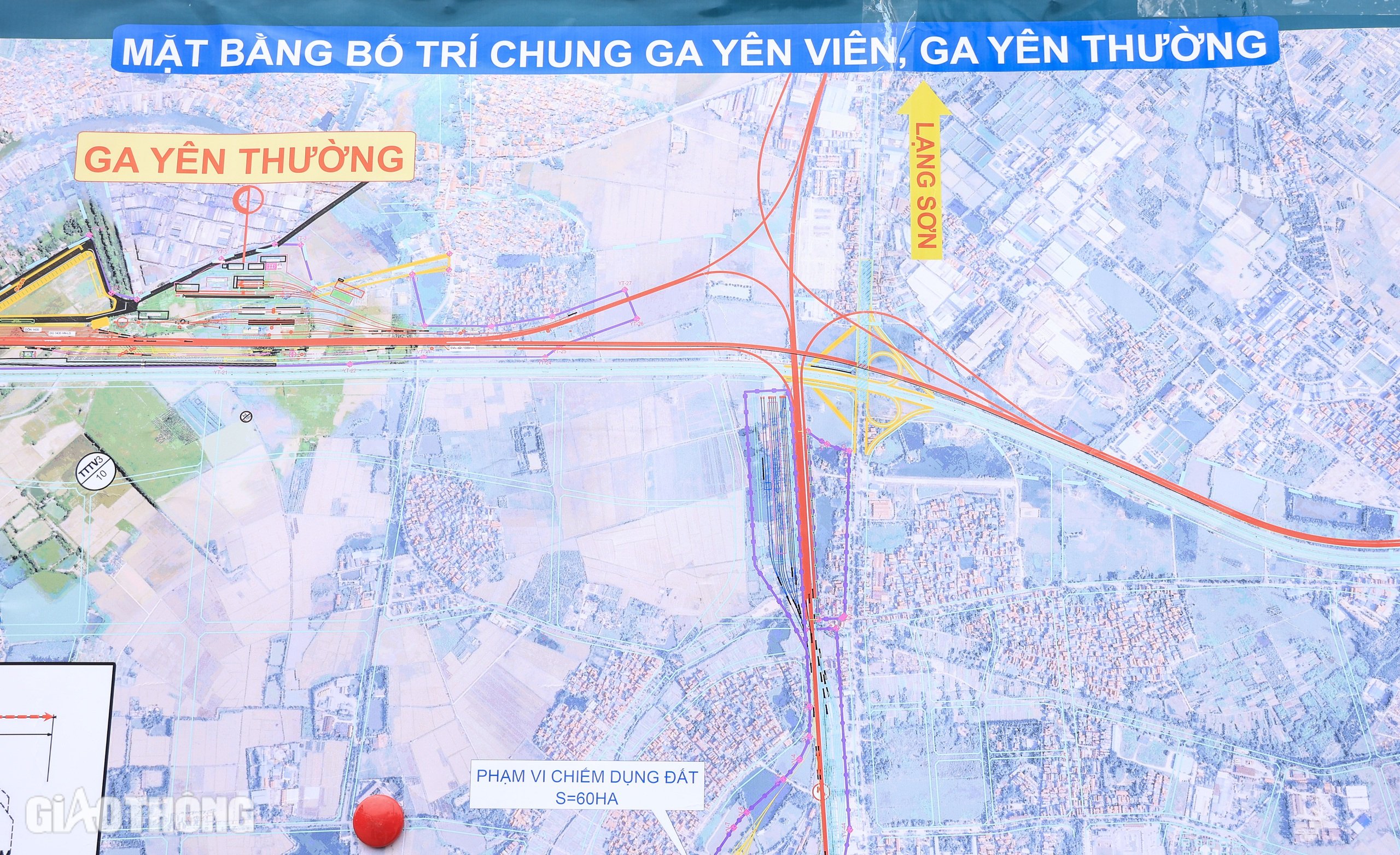
Yen Vien station area and general plan of Yen Vien station and Yen Thuong station (Photo: Ta Hai).
Regarding this proposal from Hanoi, Mr. Vu Hong Phuong said that the Ministry of Transport has assigned the Railway Project Management Board to conduct early research on this section of the route to speed up the investment progress, although according to the railway network planning for the period 2021-2030, with a vision to 2050, the route will be invested in after 2030. Regarding the proposal to consider the location of the locomotive and wagon factory, Mr. Phuong requested that consultants urgently research and update the project research.
According to the Pre-Feasibility Study Report of the Lao Cai - Hanoi - Hai Phong Railway Construction Investment Project, the Project starts at the rail connection point across the border between the new Lao Cai station and Ha Khau Bac station (China), in Lao Cai city; the end point is at Lach Huyen wharf area, in Hai Phong city. The total investment length is about 403.1km, including: the main line is 388.1km long and 2 branch lines are 15km long.
Project implementation locations in 9 provinces and cities: Lao Cai, Yen Bai, Phu Tho, Vinh Phuc, Hanoi, Bac Ninh, Hung Yen, Hai Duong, Hai Phong.
Investment scale: Construction of a new electrified railway, single track, 1,435mm gauge, for the general transport of passengers and goods. The design speed of passenger trains is less than 200 km/h, the design speed is reduced for difficult sections; the section through the Hanoi hub area, the design speed is 120 km/h; the connecting sections, branch lines, the design speed is 80 km/h. The immediate phase is to invest in information systems, signals and means to operate at a speed of 160 km/h for passenger trains and 120 km/h for freight trains.
Preliminary total investment is about 194,929 billion VND (8.027 billion USD); investment form: public investment. Capital sources: using diverse sources of budget capital, sources of increased revenue and expenditure savings, sources of revenue from land fund development, sources of bond issuance, ODA capital, preferential loans with reasonable interest rates.
The implementation progress is expected to start investment in 2026 and basically complete construction in 2030.
Source: https://www.baogiaothong.vn/doan-cong-tac-cua-quoc-hoi-khao-sat-du-an-duong-sat-lao-cai-ha-noi-hai-phong-192250204180924591.htm


![[Photo] Prime Minister Pham Minh Chinh chairs meeting on science and technology development](https://vphoto.vietnam.vn/thumb/1200x675/vietnam/resource/IMAGE/2025/5/17/ae80dd74c384439789b12013c738a045)
![[Photo] Readers line up to visit the photo exhibition and receive a special publication commemorating the 135th birthday of President Ho Chi Minh at Nhan Dan Newspaper](https://vphoto.vietnam.vn/thumb/1200x675/vietnam/resource/IMAGE/2025/5/17/85b3197fc6bd43e6a9ee4db15101005b)
![[Photo] More than 17,000 candidates participate in the 2025 SPT Competency Assessment Test of Hanoi National University of Education](https://vphoto.vietnam.vn/thumb/1200x675/vietnam/resource/IMAGE/2025/5/17/e538d9a1636c407cbb211b314e6303fd)
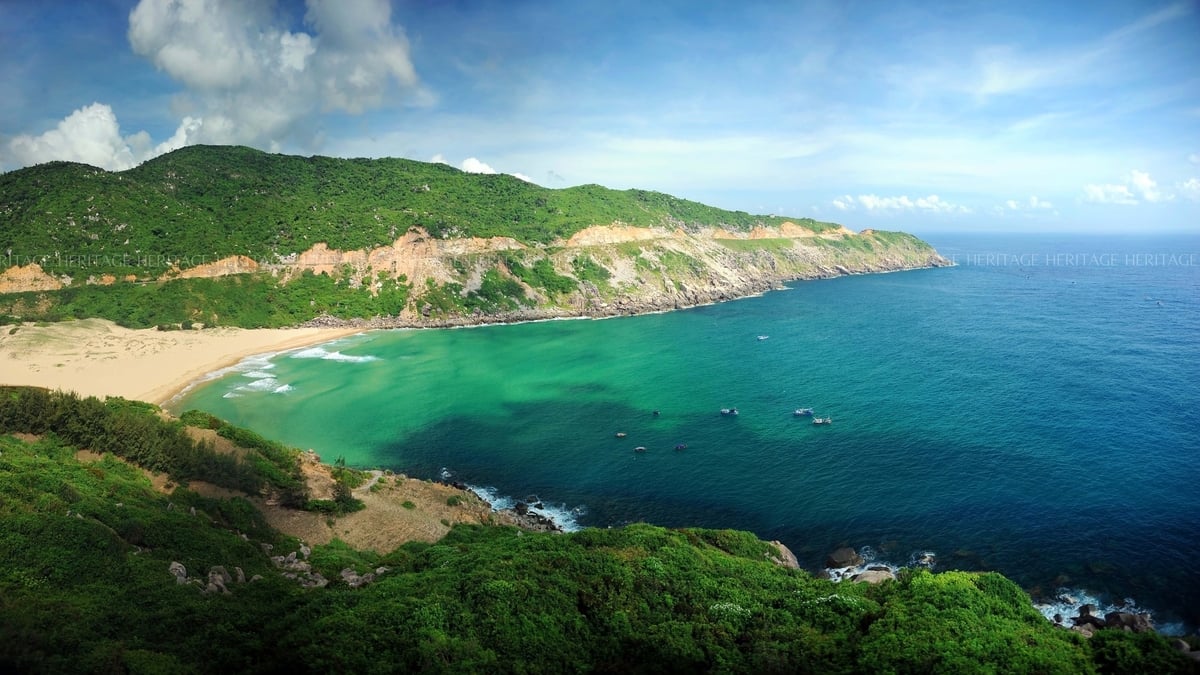


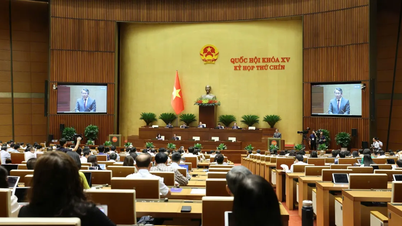

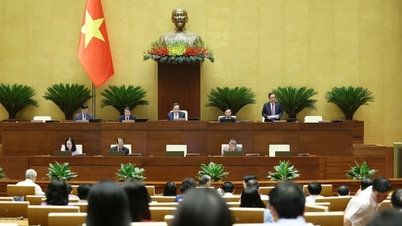

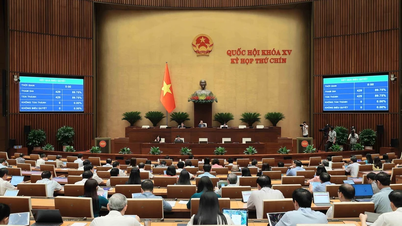

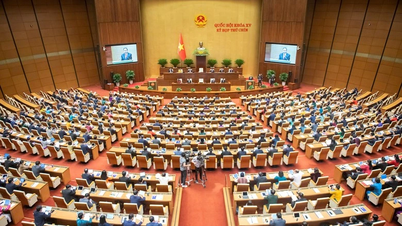

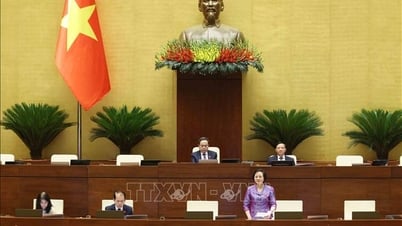

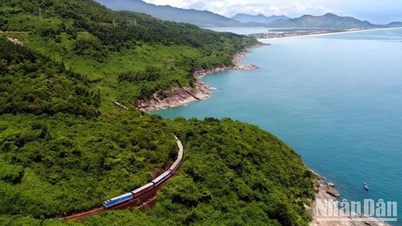





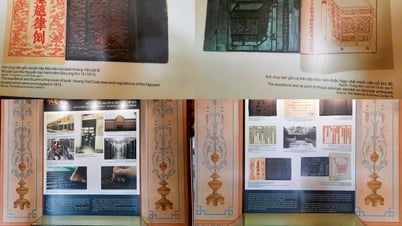





![[Photo] Nearly 3,000 students moved by stories about soldiers](https://vphoto.vietnam.vn/thumb/1200x675/vietnam/resource/IMAGE/2025/5/17/21da57c8241e42438b423eaa37215e0e)
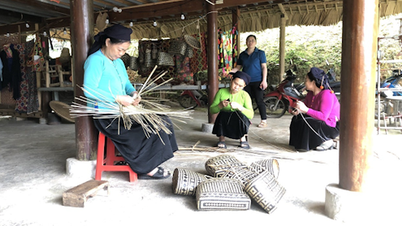


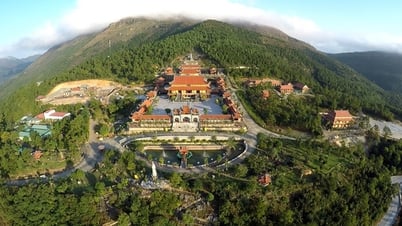



















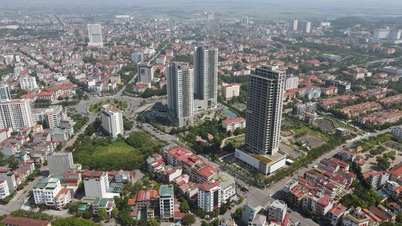
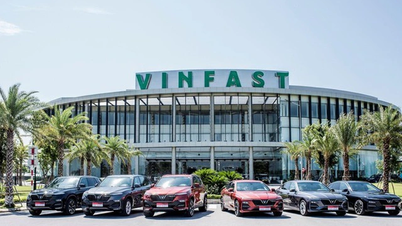






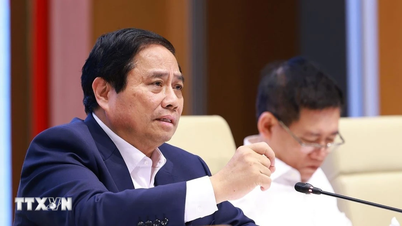
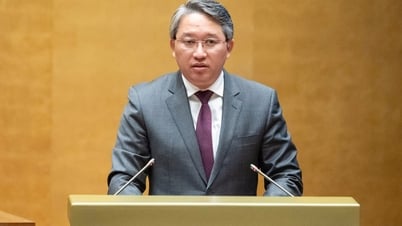



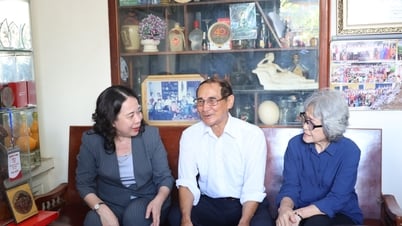

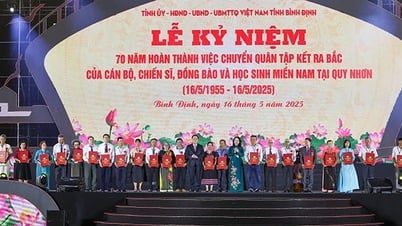




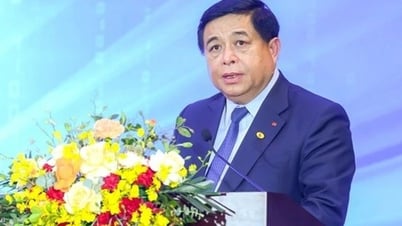























Comment (0)